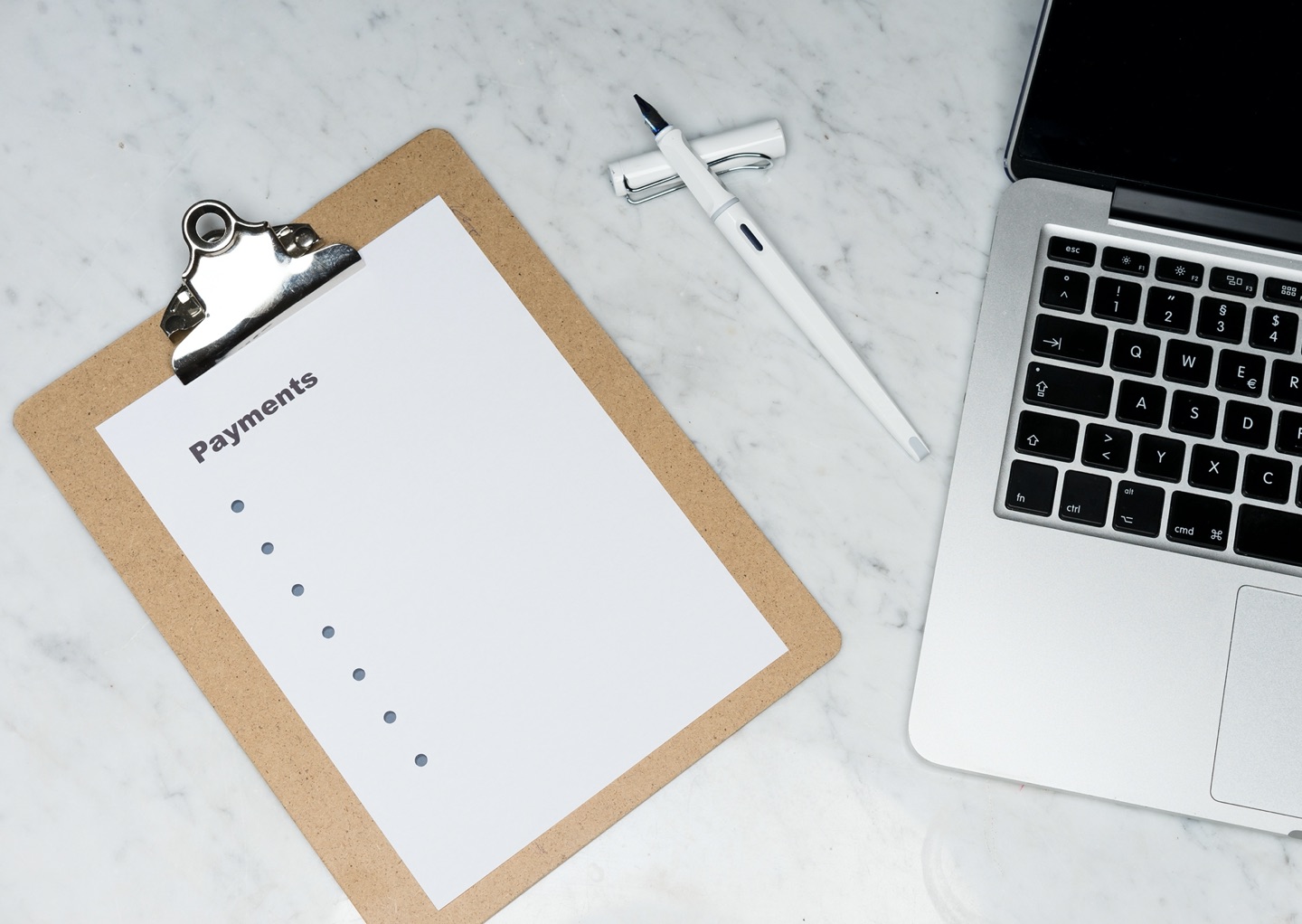Due Upon Receipt, What Does It Mean and Should You Use It?
Are you self-employed as a freelancer or run a small company? If so, you might sometimes feel that your entire work life is about invoices. You're always making them and sending them to your clients once you've finished the work. Though you are prompt at your end, the client might take forever to pay you.
There is absolutely nothing worse than when you finish a job and then must wait a few weeks to get paid. Your bills don’t stop, and you should know when that money is going to come in and be ready to spend.
A better way to manage your finances
With Hiveage you can send elegant invoices to your customers, accept online payments, and manage your team — all in one place.
Ultimately, the best way to avoid such a situation is to set up terms of payment, as well as conditions before you agree to work for someone. Those who want to get paid quickly should put a label on their invoice, which uses the phrase ‘due upon receipt’—a reference to the invoice payment terms.

What Does Due Upon Receipt Mean?
The term 'due on receipt' is straightforward: it refers to when payment is due for an invoice. Therefore, when you include it on your invoice payment terms, it means the client must pay you for your work as soon as he or she receives the invoice.
When you use the term you are effectively being upfront and demanding that the client have the payment ready to pay as soon as possible. Ideally, you want your money that same day, but the term usually means they can pay you the next business day. Getting paid is always your topmost priority, especially if you provided quality work. Therefore, these pay terms are critical for managing your cash flow.
Why You Should Mark Your Invoices with This Term of Payment
Naturally, most people see the term and believe it to be life-changing. You receive the money fast from your payments. Terms like this, though, aren’t often used for each job you take. Generally, there are just a handful of situations where the payment due upon receive term is utilized.
It usually works best when you’ve got a new client who wants you to work on a single job. They don’t want any repeat business and only desire your services one time. Therefore, when you label the invoice with the payment terms of due upon receipt, you make sure that the money you’ve earned gets to you fast so that you both can move on with your life.
Technically there’s nothing to stop you from adding this terminology to every invoice you create. However, it’s not always going to be beneficial. To have a better understanding of the due upon receipt meaning, you should understand the benefits and drawbacks of these terms. Payment due upon receipt can be a good or bad thing, depending on the situation.
Advantages of Using the Term Due Upon Receipt
Clearly, you can see the biggest advantage of using this term on your invoice. Payment is needed as soon as possible, which is often the next business day. Clients can use these payment terms along with the method they choose to pay the bill when they get the invoice. They might make a bank transfer or a credit card payment—regardless of the method, a speedy payment is to be expected.
With quick payments, you don’t worry about getting to your next payday. If you need to be paid for your work because of your bills or because other payments are due, this is essential. One of the biggest issues with sending an invoice and not getting paid fast is because you could forget to request the payment after a while. Some clients can take months before they pay, which means you might forget you sent the invoice at all.
Of course, will leave you with a gap in your books when you realize things weren’t paid. Then it can take a lot of time to go through documents and emails to find the right invoice and determine how much you’re owed. Now you’ve got to contact the client and discuss the payment terms, reminding them and proving that you never got paid.
With the due on receipt option, you don’t have this problem. Money comes to you within a single business day, so your accounts are accurate. Plus, you don’t have to worry about the client not getting the receipt. Invoices can be sent automatically, and the client then knows that payment is due immediately.
Disadvantages of Using the Term Due Upon Receipt
Unfortunately, there are also a few drawbacks of using the due upon receipt payment term. For one, you can’t always guarantee that your client is going to pay you the next day. If you send the invoice with the due on receipt claim, they could be waiting until they get paid. They literally cannot make the payment, so you've got to wait until they can.
One way around this, though, is to ensure that both parties know about the disclaimer of due on receipt. Invoices are going to be sent out when the project is complete, and you expect payment immediately. Then you don’t run into such an issue. However, you should be prepared for some clients not to agree to use your services because they cannot agree to such payment terms.
Another aspect to consider is that the client might want to review your work before paying you. Invoice payment immediately isn’t fair to the client if you perform work that isn’t up to par. They can’t know this, especially if they’ve never worked with you before. Therefore, you might want to give them a few days to read through the article or look at the work before they are required to pay the invoice.
You should, of course, have clauses in place that require the client to request amendments and look things over in a timely fashion. Some clients may wait months before even reading the piece and then demand a rewrite. If you both agree to the invoice being due on receipt, they are more inclined to go through everything and approve it quickly.
More on Payment Deadlines
Sometimes called Net D, this is the amount of time the client has to pay you and is shown on the invoice. Generally, if you don't use the due on receipt label, the invoice has to be paid within a specific amount of days. Most people use the Net 30 connotation, which means the client has 30 days to look over the work and render payment.
Should You Use Due Upon Receipt in Invoice Payment Terms?
Due upon receipt invoices can be a good thing, but some people may still wonder if it’s right for them. There may be a secret to knowing when to use it on your invoice. If you’ve got a one-time job coming up, this term can help you. Freelancers like to have their money immediately or by a specific date. The due on receipt label ensures that small businesses can manage their accounts. The one-time client can make payment for the work you do, and everything is complete.
As a small business owner, you have the right to get paid for the work you do. The invoice is your proof that the work was completed, and payment should be rendered. However, it is up to you to ensure that the invoice is complete and sent promptly.
FAQs on Due Upon Receipt Invoicing
What does due upon receipt mean?
‘Due upon receipt’ in the payment terms of an invoice means that the sender of the invoice expects the client/recipient to pay as soon as they receive the invoice.
When should an invoice be due?
The payment terms of an invoice depends on your payment expectations. ‘Due upon receipt’ requires immediate payment; ‘Net 7’, ‘Net 14’, ‘Net 30’ etc., mean that the payment is due the specified number of days from the date of the invoice.
Is COD the same as due upon receipt?
‘Cash on Delivery’ (COD) or ‘Payable on Receipt,’ means that the payment is due at the same time a product or service is delivered. This is different from the ‘due upon receipt’ method, which requires the payment when the receipt invoice for that product or service has been delivered.
Join thousands of business-savvy entrepreneurs on our mailing list.
Curated emails that’ll help you manage your finances better.




